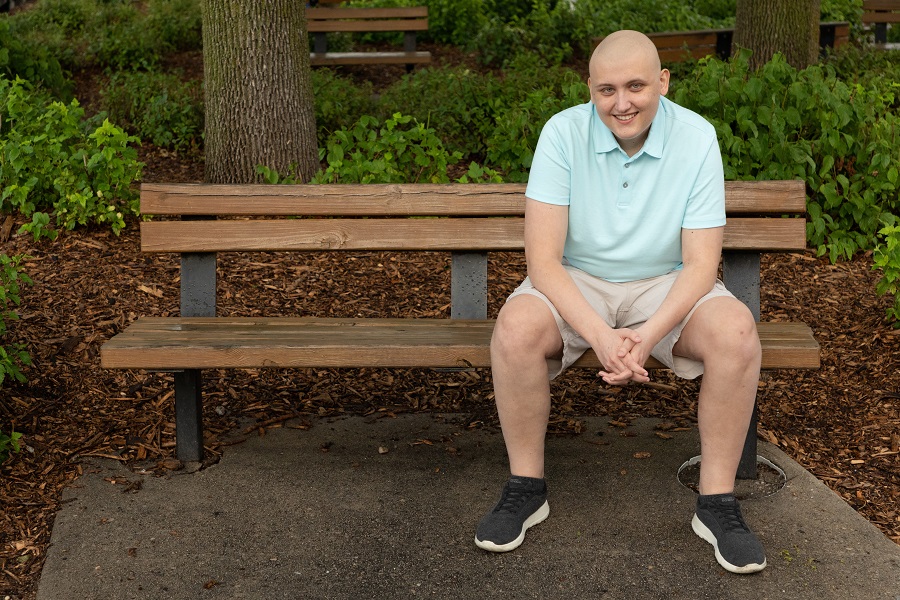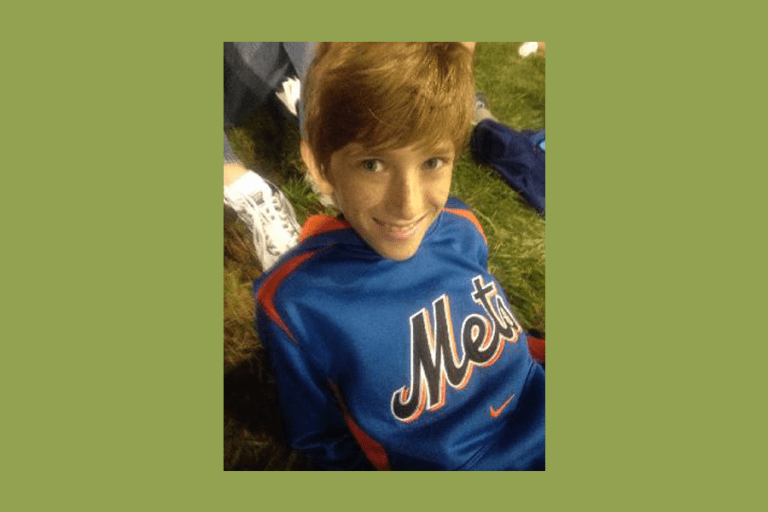When 16-year-old Nate (above) had his 10-hour surgery to remove the bone tumor from his ribs and spine, it was critical that doctors removed the cancer and margins around it to ensure every cancer cell was gone. But it’s hard for surgeons to visualize these tumors and get clear margins around them, because the technology they use wasn’t built to detect solid tumor cancers. For many kids, getting clear margins can mean treatment success instead of relapse – or even life instead of death.
But today, because of your support, Dr. Jie Chen Nguyen, MD MS at The Children’s Hospital of Philadelphia is creating more accurate imaging for children with deadly bone cancers.
Before surgeons remove tumors, radiologists use imaging to tell them where the tumor resides in a child. The “x-ray vision” helps surgeons remove an entire cancer mass so it does not have time to spread. Though current imaging helps doctors see bone cancers like osteosarcoma and Ewing sarcoma, the technology is primarily made for soft tissue cancers. As such, surgeons can be 2-3 cm off from the margin when removing bone cancers. For a young child, the inaccuracy could determine whether he or she lives or dies, because the cancer can spread throughout the body.
How her research will help: With the Emerging Scientist Award, Dr. Nguyen (working with Dr. Arkader) will have the funding to use a “better set of goggles for seeing the margins,” as she puts it. Using a more precise MRI “pulse” technology, she will eliminate a lot of the guesswork involved with determining bone cancer margins. “We can start doing lifesaving work right away,” she said, starting with at least 12 patients. Once the new technology has been proven to work on a small scale, her hope is that it will become a standard of care for all children facing bone cancer.
Support Groundbreaking Research
Young researchers have both big, ambitious ideas and the talent to act on them. But without your support, they would not have the funds they need to move their potentially groundbreaking work forward. Your donation makes research breakthroughs possible.




